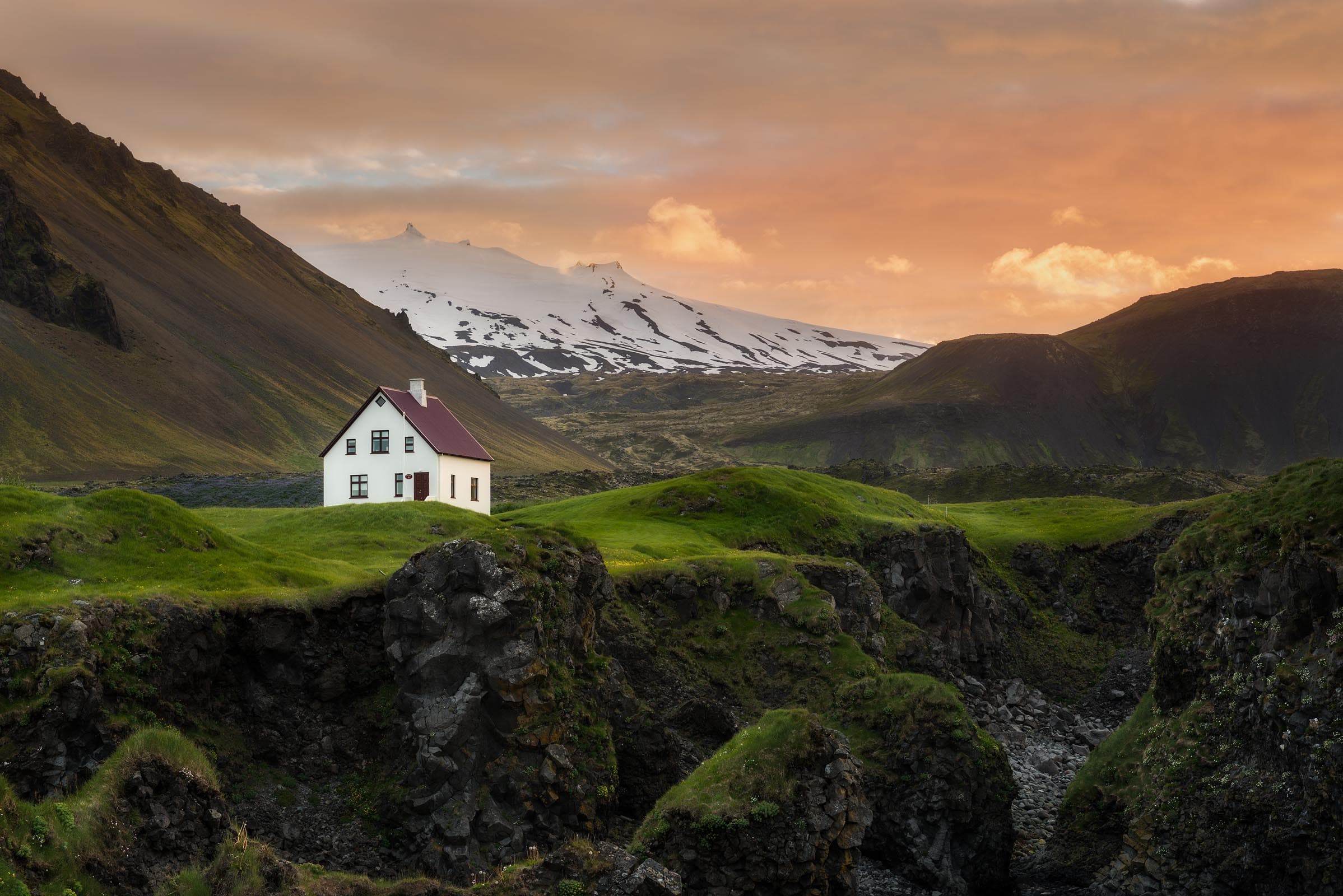Photographer's Guide to Iceland in 14 Days
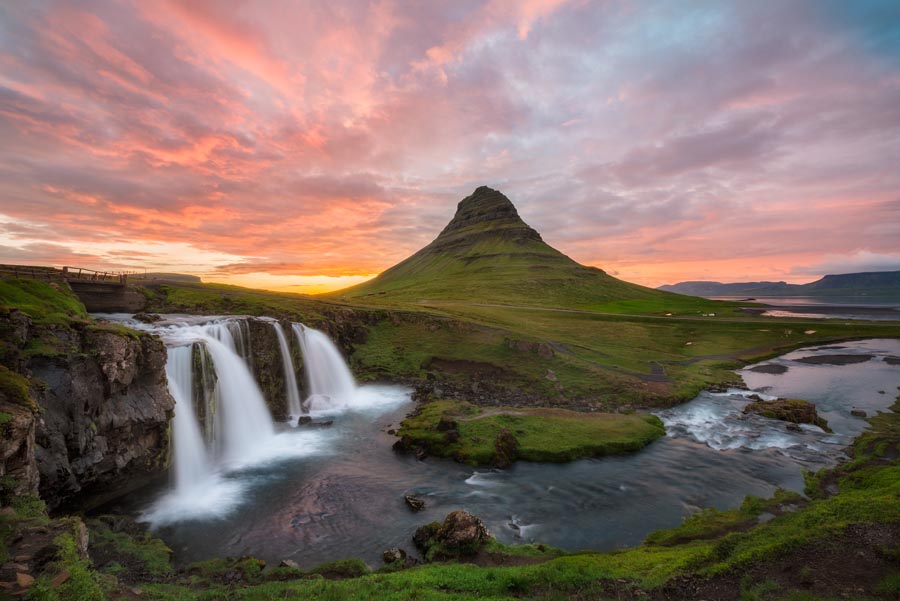
Recently I traveled for the first time to Iceland. I couldn’t resist traveling there any longer after seeing countless awe-inspiring photographs on social media and hearing amazing stories from friends. It is one thing to see a photograph online, but to see something with your own eyes is a hundred times better.
I was blown away on this adventure. I have been taking photographs for several years and have traveled to many different countries and national parks, but the amount of beauty per square foot in Iceland is not comparable. The entirety of Iceland feels like a national park.
I traveled to Iceland mainly to take photographs but I also learned a thing or two about the country and how to live out of a car for two weeks. I want to provide a short guide to optimizing your experience in Iceland, with some things to do / not to do. This guide would have been handy for me before I started my trip.
In this short guide to Iceland, I will include:
Top photo locations
Planning for weather
Optimal trip length
Transportation
What camera gear to bring
And more!
Photography Location Guide:
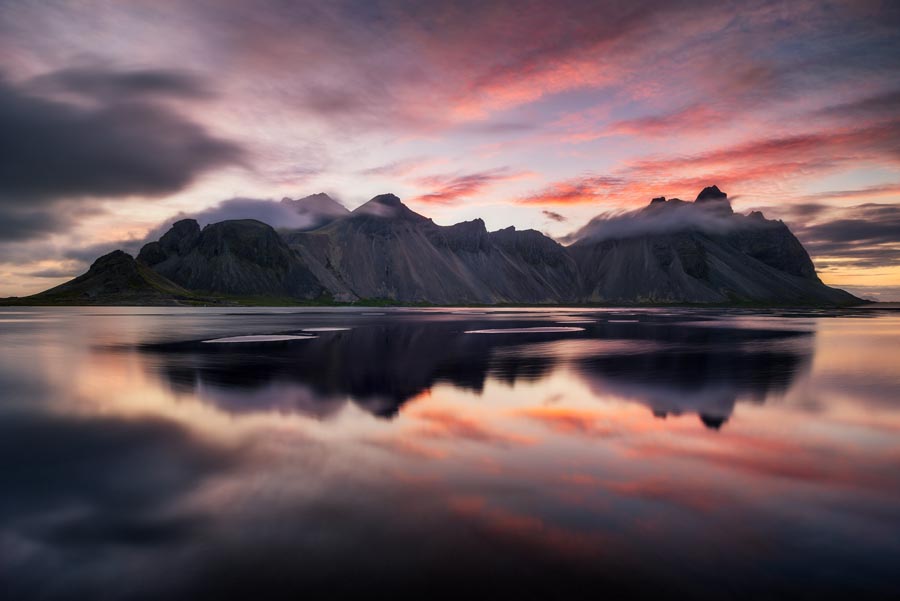
Location, location, location. Since location is everything, I’ll talk about this topic first. I performed days of research, just like you probably have, on where to take pictures and how much time I would need to complete my journey. I created a spreadsheet and a personalized google map that details my trip agenda.
I highly recommend checking out my detailed Iceland itinerary here.
The spreadsheet and map (shown below) match in order. I color-coded the days on the map so you can line up locations with the spreadsheet. I’ve added comments to the spreadsheet with notes of my experience. The spreadsheet details how many days I spent at each location, the locations of interest, daily drive times, and some campsite options.
I created the itinerary at the beginning of my trip, but I didn’t follow it exactly because of weather reasons and drive time. I recommend printing out a copy of all your maps and itineraries and keeping them in a hole-punched folder.
With regards to campsites and guest houses, I chose to find my own car camping locations off the beaten paths and as far away from others as possible. This wasn’t difficult to do. If camping isn’t your cup of tea, then you can stay in guesthouse or hotels. Guesthouses run about $200 per night.
Weather Information and Trip Length:

My trip dates were 6/22 AM – 7/6 AM. This gave me 13 full days of shooting 6/23 – 7/5 and ample time to make it around the Ring Road with room for variation. Variation meaning extra time in a given spot in order to get proper lighting. With 13 days, I found plenty of time to relax, read, watch a movie, visit pools, etc… You should have time if you want to add in a couple of side trips to see glaciers, puffins, or other things of interest.
One area I did not visit that you may want to consider is the Westfjords in the northwest. The area is supposed to be very beautiful and there are millions of birds, including puffins, hanging out in the cliffs of Latrabjarg.
Shorter trip duration
If you are unable to spend 2 weeks in Iceland, you can shorten the trip duration by not completing the entire Ring Road. My favorite areas were the northwest and south / southeast. You could complete this trip in 7 days, without a problem. 1-2 days in Snaefellsnes Peninsula, 2 days in Jokulsarlon / Vatnajokull National Park, and 2 days near Vik. The only downside is you will need to backtrack on the Ring Road to return to the airport. You could add some variation and check out Landmannalaugar in the highlands area on the return. The linked spreadsheet covers the attractions in these areas.
Check the weather, frequently
Since photography depends on lighting, which depends on weather, it’s important to be in touch with the local forecast. The weather throughout the country can vary substantially. The west coast may be rainy, but the east may be full of sunshine. I checked en.vedur.is religiously for weather information along with weather.com and google.
When using google for weather information, I would search “weather near xxxxx”. Using these key words, google would ping weather.com for the forecast around xxxxx location, where xxxx is some photography attraction. En.vedur.is shows a weather map overview of the entire country with wind, temperature, and sun conditions. Using this site as a guide, I modified my trip at certain points to head towards the golden light. I think they have an app as well, but I didn’t use it.
Vehicle and Driving Information:
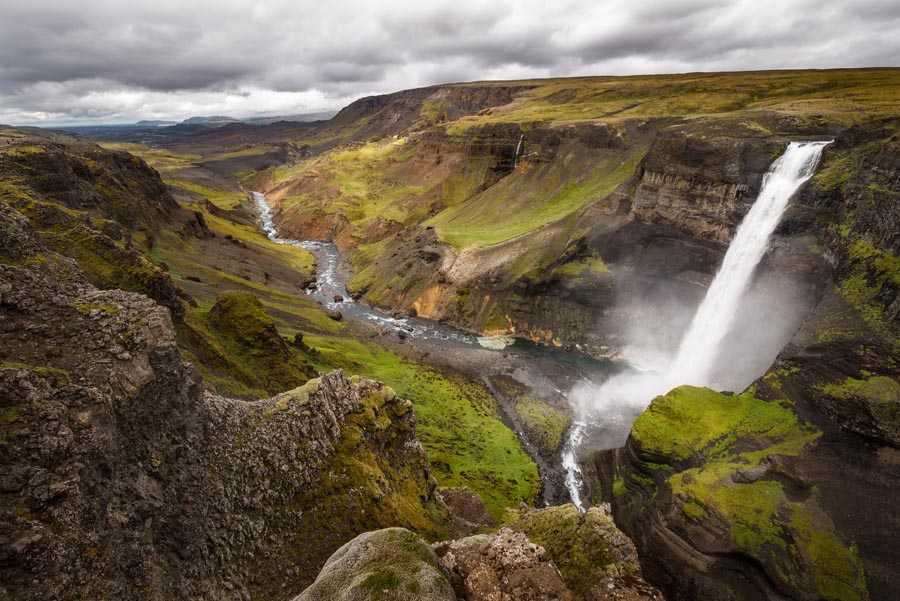
For my trip, I rented a 2005 4x4 Jeep Grand Cherokee from Icerental 4x4. The company picked me up from Keflavik airport and drove me to the rental shop where the Jeep was being kept. The driver was friendly and the rental process was painless.
Car insurance
When renting a vehicle, one thing to consider ahead of time is insurance add-ons. In addition to the rental cost, you can purchase coverage for sand damage, collision, gravel, and theft. I didn’t think about this ahead of time and when they asked if I wanted any add-ons, I wasn’t sure what to do. I ended up opting out of all add-ons because the cost would have been 30% higher and my vehicle was already several years old with visible areas of wear and tear.
Fortunately nothing bad happened to my vehicle during the trip. When returning my car, they barely checked over the vehicle before taking me to the airport. The driver told me that one couple had rented a new vehicle, and purchased the additional collision damage insurance. The drove the vehicle into a large ditch, which basically totaled the vehicle. With the insurance, they only had to pay up to the deductible, which was around $1000, and they were not charged any additional money.
I rented the Jeep for three reasons:
1 - Driving in the highlands
First, it’s a 4×4 so it can traverse the F-roads into the highlands. On the map they are indicated with an F at the front. The Ring Road – Route 1, is mostly paved, except for a small portion in the far east, where it’s gravel. The speed limit is 90km/h or 56mph on paved roads and 80km/h or 50mph on gravel roads.
Almost all roads are two-lane undivided and there are several little bridges that are one lane which require yielding. During the day, certain touristy areas will have crowded roads, where tour buses will be driving below the speed limit slowing traffic down for everyone.
2 - Sleeping in the back
The second reason I rented the Jeep is because I can sleep in the back with the seats folded down. I’m 6’2, but if I slide the driver seat forward, and keep my head at the hatch, I can fully extend my legs. I highly recommend bringing an inflatable sleeping pad, a quality sleeping bag, and pillows. I brought one small travel pillow and stopped at IKEA in Iceland for a second larger pillow.
The Jeep would not be suitable for two people. If you’re traveling with a companion, you can rent a camper van. Some camper vans have off-roading capabilities. Most camper vans I checked out were manual transmission and being an American, I don’t have much practice with a stick shift.
3 - Flexibility on where to shoot
The third reason I rented the Jeep is because I don’t want my schedule to be fixed by a reservation at a Guest House, Hotel, Hostel, etc.. I’ll talk more about this later.
Though some of the roads are so bumpy you think your tires will burst at any moment, I was shocked to see many drivers in tiny vehicles like Fiats. I don’t know how they made it down some of the roads, like the path to Dettifoss, without destroying their tires and paint job. I assume they had good insurance on the vehicle.
The 4×4 Jeep was able to handle anything I threw at it. Driving in the highlands requires a 4×4 vehicle and I highly recommend it. You will potentially have to cross large streams that reach a couple feet deep and climb steep rocky cliffs. Here’s a short clip of a large stream I had to cross on the way to Landmannalaugar in the highlands.
One of the downsides of renting a Jeep 4×4 is that it guzzles gas and gas prices are astronomical compared to gas in Houston, TX – oil country. Gas prices are in Icelandic Krona (ISK) / liter and are currently around 193.7 ISK/L. The current conversion of one krona is 0.0096 USD. There are 3.785 liters per gallon. So, one gallon of gasoline cost $7.03! The gas in Houston is around $2.15 per gallon.
The Ring Road is 828 miles (1,332 km). The Jeep I drove was a 2005 3.7L V6. It gets 15 mpg in the city and 19 mpg on the hwy or 17 mpg combination. Using 17 mpg and 828 miles, that’s around 50 gallons, at $7.03, it’s $342. However, I drove a lot more than just the Ring Road! I ended up spending $1021.31 for gas. I didn’t get the odometer reading before I started the trip, but at 17 mpg, I drove a total of 2,469 miles.
I didn’t have an issue finding gas stations. You can find a gas station in every town. But there aren’t that many towns, so not that many gas stations. The gas station pumps run 24-hrs and accept credit and debit cards. I brought my credit card for the trip but didn’t have a PIN set up.
A credit card PIN is required to purchase gas.
I spent 30-minutes on a long distance phone call with my credit card company to get the PIN activated. Be sure to make sure you have a PIN setup on your credit card before you leave for your trip.
Because my Jeep is from the stone age, it didn’t have an AUX input. I did bring two audio books and some CDs, but you burn through them fast when you’re driving up to 4 hours a day. I highly recommend at least 3 audio books to get you through the long drives. You can also listen to some local famous musicians like Bjork or Sigur Ros. Also don’t forget to take out your CD when returning the vehicle. I left a copy of Taylor Swift’s album in the Jeep and had to pay $20 to my library for the lost disc. Luckily, the next driver will have some solid music.
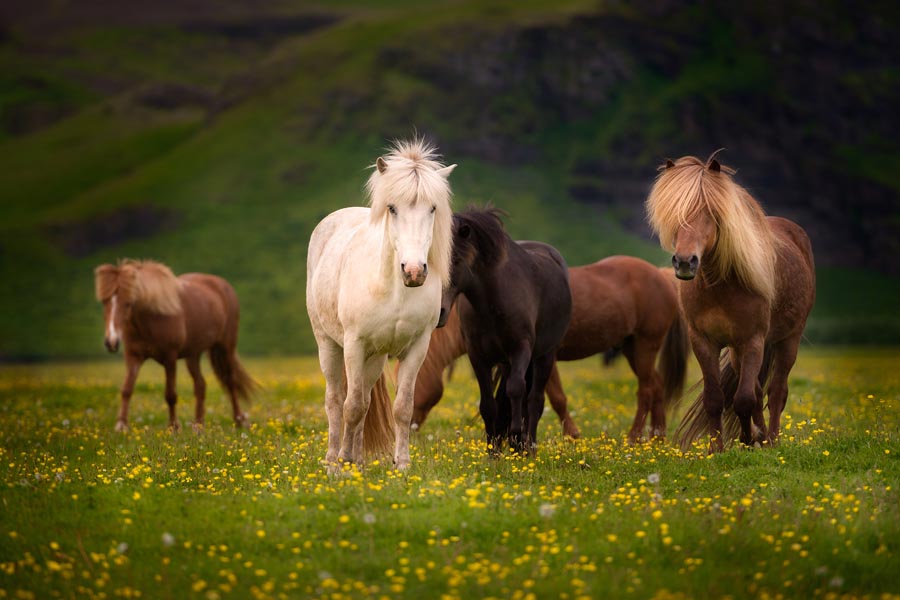
One thing you’ll see a lot of while driving are sheep and horses. The sheep are everywhere and seem to enjoy lingering on the road until they’re about to get splattered. At which point, they sprint into the grass on the side of the road. They like the roads because they’re warmer and have tasty salt. Farmers own huge plots of land and let their sheep roam free during the spring and summer. They gather them up in winter and keep them indoors to stay warm. You’ll see a lot of bundled hay on the hillsides. The hay is used to feed the sheep during the winter.
Cell Phone Information:
Surprisingly most of Iceland has roaming cell service. I’m currently on Sprint and my plans allows unlimited 2G data and texting, along with $0.20 per minute international phone calls. I recommend having a phone with you to look up weather information, gas stations, restaurants, local attractions, etc.. A cool feature of Google maps is that it allows you to download maps offline. I downloaded Iceland offline so I was still able to get navigation directions without cell phone service. You can google how to do this since it’s a bit tricky the first time. Unfortunately, there is no way I know of to download the map I have linked offline. If you have a Netflix account, you can also download movies offline.
My First-World Concerns:
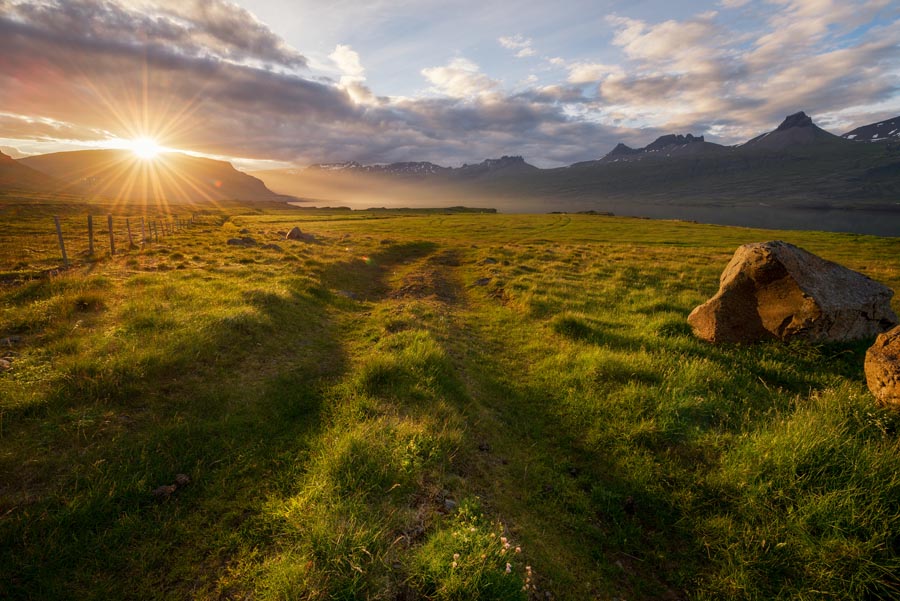
What about bathrooms?
A couple things worried me going into the trip. One of my biggest concerns, was the bathroom situation. When you got to go, you got to go. Luckily, there are large expanses with no people or cars. There are just over 300 thousand people living in Iceland and 1/3 of them live in Reykjavik. So, when nature calls, you come running. Don’t forget your TP, and a little shovel to help clean up.
What to eat?
The second concern was food. I just realized that I prioritized bathroom over food. Anyway, I relied on several food items to keep me going. PBJ sandwiches, Tuna fish and Ritz crackers, quick-boil rice, cans of fruit, bananas, dry cereal, and of course ramen. And don’t forget Haribo gummy bears and double-stuffed Oreos. When buying ramen, buy the ones that come in a cup so you can just pour the boiling water into it, and then throw out the cup when done. This saves a lot of effort for clean up.
I didn’t drink another of the water from rivers or waterfalls, though I did see many people doing this. Because I purchased my water from the store, I only had a limited supply at any time. I wasn’t sure how many grocery stores there were, so I stocked up quite a bit at the first store I came across. However, many towns have a grocery store and it wasn’t an issue replenishing food stocks or water. I recommend keeping 2 days of food supplies on hand, just in case.
In order to boil water, I brought a portable lighter and stove device with me.
I purchased fuel at a hardware / camping store in Iceland. On my return to the airport, I gave my leftover propane and food to cyclists journeying the Ring Road.
The food in Iceland is very pricey, but there is no tax or tipping, so that helps a little. Reykjavik is the most expensive capital to visit in Europe! One of the reasons for high priced foods are expensive labor costs from union dues, and income tax. Another reason for expensive food is that import costs are high due to transportation distance. I didn’t eat at any fancy restaurants, but I did stop for food in some small towns, at gas stations, or at Subway. The gas stations usually have a café which contains hot dogs, burgers, hot soup, etc.. I mostly ate food from the grocery store, but would stop at a café about once every other day. Towards the latter half of the trip I would stop almost every day for a hot meal.
Where to shower?
Another concern I had was showering. How would I take a shower if I slept in a car? For me, I used two methods to stay clean. I brought anti-bacterial wipes which I would wipe down my body with. But my favorite way to stay clean was visiting swimming pools or hot springs.
Most towns have a swimming pool which costs 800-900 ISK to enter.
The pools have showers that you need to use prior to swimming. The pools are either indoor and/or outdoor and heated. They also have hot tubs and usually a sauna too! The hot springs are heated from the ground and smell like rotten eggs. But they are magnificent when it’s cold outside and you haven’t showered in a day or two. I visited the Myvatn Nature Baths in the northeast. It’s about half the price of the Blue Lagoon and even more discounted for students. There were 3 baths or varying temperature and a sweat-inducing steam room.
When to sleep?
As far as sleeping goes, I usually went to bed around 5AM and slept until 12PM. I’m one of those people that needs their beauty sleep, so running on 4 hours of sleep each day wasn’t going to cut it. Since I wasn’t taking pictures until around 9PM on-wards, I had plenty of time to sleep and drive during the day or early morning. This is another reason I car camped. I didn’t know exactly where I would be on each day, so I would not be able to check into a guest house at 5AM while everyone is fast asleep.
Camera Gear:
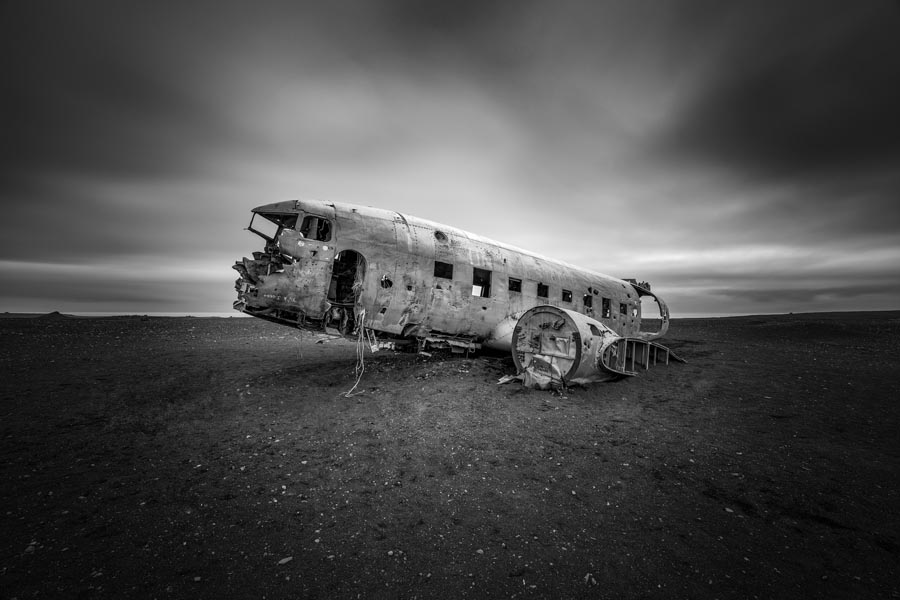
Since the trip is all about photography, make sure to bring the right stuff! I brought all the gear I could fit into my photo bag.
Photographers love to talk about their gear, and since I’m a photographer I can’t resist. I packed a Nikon D800, and the holy trinity of Nikon lenses: 14-24mm, 24-70mm, and 70-200mm . I left my Nikon 105mm macro behind because of weight, space, and I had the 70-200mm which allows macro-like photographs. I don’t regret this decision.
Camera Filters
The one thing I forgot to bring was a circular polarizing filter for my 24-70 and 70-200 lenses. This would be useful for photographing the ice on Jokulsarlon beach during the day. But I did have a polarizing filter for my 14-24mm.
I also recommend bringing a 5-stop and 10-stop neutral density filter in order to get some long exposure photographs which will blur the clouds and water. Finally, don’t forget 2 remote shutter release cables, a sturdy tripod, and extra battery.
Backup Gear
It’s always good to have backup gear. On day 8, my LCD screen stopped working and I could no longer write to the memory card. My anxiety kicked into gear and my heart was falling fast. Thinking the worst, I found a hotel with wifi and looked up the nearest camera store. It was 3 hours away… I did some googling for LCD issues and found that a damaged shutter release cable can cause the LCD to stop functioning. Sure enough, as soon as I disconnected the cable everything worked again! Fortunately, I had two shutter release cables on hand.
You’ll be switching lenses around more than you want. Dust and sand will be flying around and getting into your gear. You can bring a dust blower and lens wipes to keep things on the clean side.
Car Charger
I purchased a car battery charger for my camera. This was necessary to charge my two batteries. You’ll also need a handful of memory cards to store all your RAW images!
I met a man named Or from Israel on my trip. He brought a lightweight drone with him. The aerial images he was able to capture were stunning. I would definitely bring a drone if you own one and can fit it in your luggage. Keep in mind that several locations restrict the use of drones. But if a tree falls in the forest and no one hears it, does it make a sound?
Closing:
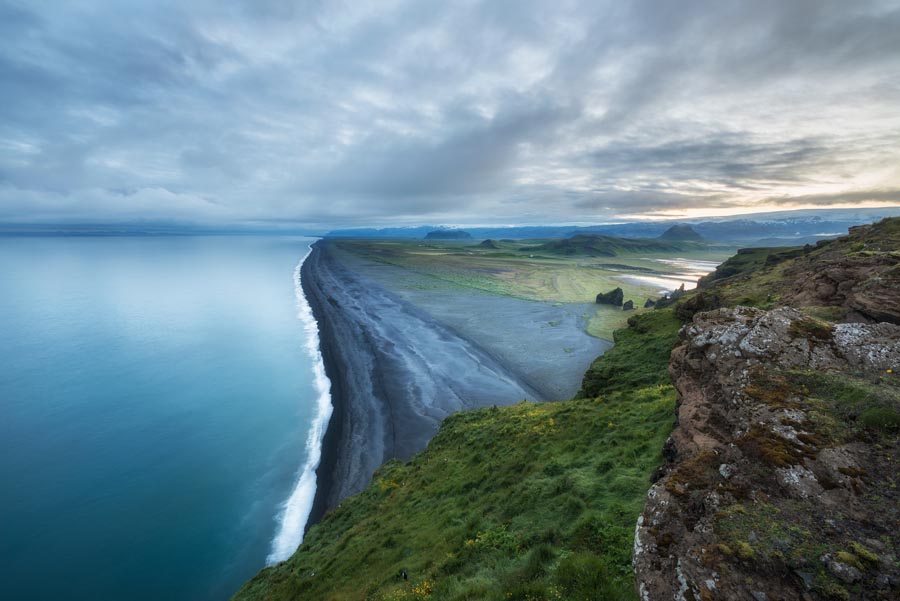
Don’t forget your passport! And relax, you’re going to have an amazing experience. If you have any questions, leave a comment and I’ll do my best to respond.
All prints, products, and digital files provided by Brent Goldman Photography are protected under copyright of Brent Goldman Photography. This copyright is non-transferrable. Purchase of prints, products, or digital files does not signify a transfer of ownership of any copyrights. Please also adhere to the U.S. Copyright Act, in your usage of photographic prints and products, outlined below:
The U.S. Copyright Act (Title 17, United States Code) is designed to protect photographers and other artists by granting them the exclusive right to distribute, copy, edit and publish their photography by license, transfer, or sale. The Copyright Act prohibits anyone from copying, scanning, editing or sharing photographic prints, images, or media without the written permission of the photographer. Violation of the Copyright Act can incur both civil and criminal penalties.

